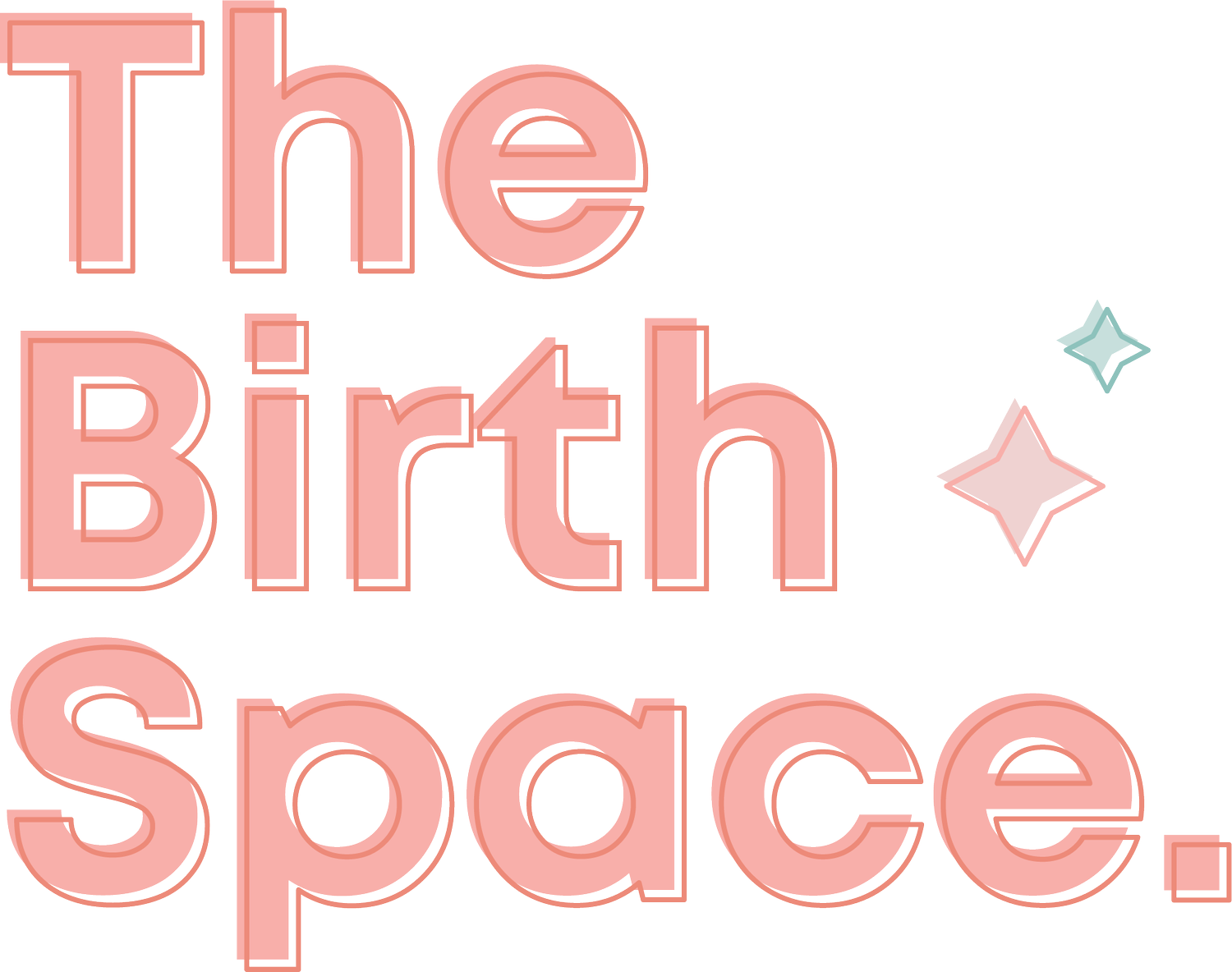10 tips for a successful VBAC
Planning a vaginal birth after caesarean (VBAC) is a journey. One that requires a lot of planning, determination and courage. The following tips can help you on your journey to a positive, empowering vaginal birth after caesarean.
Find a supportive Caregiver. If you know a VBAC is something you want for your next birth, you can start researching caregivers now. It can take time to find a caregiver and a hospital who will support you and it's not something you want to rush once you find out you’re pregnant. A supportive caregiver will listen to you and be understanding of your concerns, they will follow evidence based practice and have a great VBAC track record. Be sure to write a list of your preferences when interviewing caregivers and ask lots questions to try to eliminate the ‘bait and switch’; that is fill you with hope and false support only to start planting seeds of doubt in the last few weeks. You want to know in the beginning what their position is on going ‘post dates’, if they’re willing to induce, what they will do if you have a ‘big baby’.
Ensure your birth partner is supportive. Having someone close to you on your side is imperative. You want someone to bounce ideas off, help you make decisions and more importantly, be there for you and be your voice when it's show time.
Attend independent childbirth education classes. That is, classes that are not run by your hospital as these are usually full of policies, protocol and scare mongering. Instead, opt for an independent childbirth education class such as Hypnobirthing. Hypnobirthing will give you the tools to have a positive and supportive birth, no matter the outcome. Guided meditation, breathing and positioning are some of the many things you’re taught during the course as well as learning all about physiological birth! Hypnobirthing Australia has practitioners all over Australia.
Knowledge is power. Research, research and research some more. Read VBAC birth stories, join VBAC support groups, read the Royal Australia & New Zealand College of Obstetricians & Gynaecologists (RANZCOG) guidelines for birth after caesarean, contact your local hospitals for statistics, speak to friends & family for their experiences. The evidence is clear that a VBAC is safer for both mother and baby.
Debrief your previous birth. So many of us hold onto resentment, trauma and fear from our previous births and caesareans and many of us are left with lots of questions and ‘what if’s’ running through our minds. A debrief is a great opportunity for you and your birth partner to understand exactly what happened at your birth and release and let go of any fear so you can clear your mind and set a positive path for your next pregnancy and birth. First step is to get a copy of your medical records from your hospital. Some hospitals will charge a small administrative/photocopying fee. Once you have your records, you can book a consult with an independent person such as a Private Midwife, Childbirth Educator, Doula or GP.
Go into spontaneous labour. Statistics show that your chance of vaginal delivery is higher when you allow your body to go into labour spontaneously. So forget about the old wives tales and wait for your baby to choose their birthday.
Keep active during birth. Did you know birthing on your back can reduce the size of your pelvis by 20%? This can lead to a prolonged second stage (pushing stage), malposition of baby, increase risk of tearing, instrumental delivery and shoulder dystocia. Staying active during birth will help to move your baby down the birth canal and into the correct position therefore reducing the need for intervention and tearing or episiotomy. You can birth standing, squatting, on all fours, in the bath or shower, kneeling or any other way that you feel comfortable at the time.
Hire a Doula. A Doula is a companion who can support the Mother and Father before, during and after labour. Doulas do not provide medical support but instead assist with the emotional and physical needs of the birthing woman. The rate of interventions and caesareans is drastically reduced when a woman is supported by a Doula.
Believe! Have belief in your body that you CAN do this. Your body was made to reproduce and give birth. Surround yourself with positivity. Speak to other VBAC mums, write your own birth affirmations, listen to mediation
Explore complimentary therapies such as acupuncture, chiropractor and yoga. Studies have shown that acupuncture in these late stages of pregnancy prepares the body for birth by helping to ripen the cervix. It's relatively painless and can be quite relaxing. During pregnancy, a Chiropractor can help to create a state of balance in the pelvic muscles, ligaments and pelvis, thereby preparing the body for an easier pregnancy and birth. Pregnancy yoga can ease minor discomforts, back pain and swelling. You learn postures to encourage optimal fetal position, breathing for relaxation and classes help to nurture a connection with your baby.

